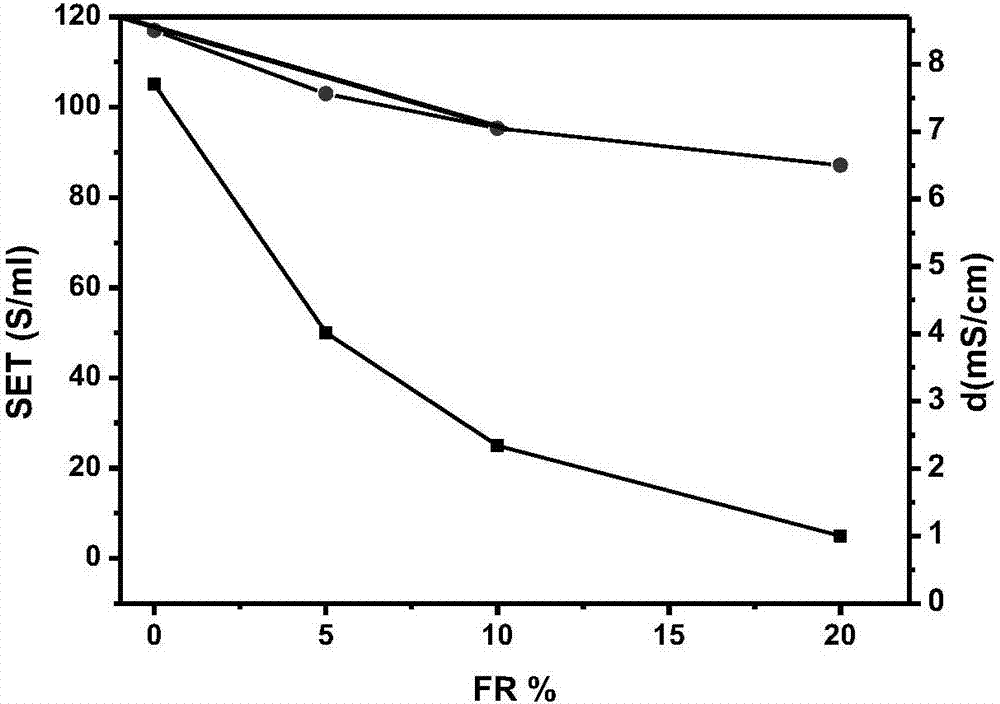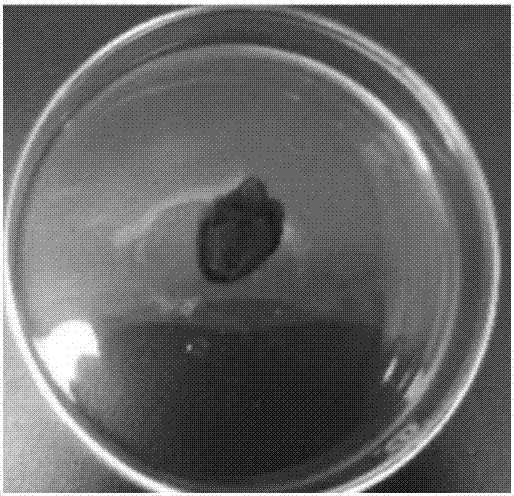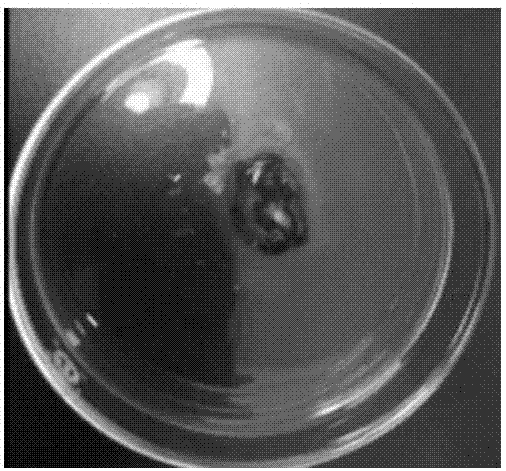Additive, non-aqueous electrolyte and lithium ion battery
A non-aqueous electrolyte and additive technology, applied in the field of lithium-ion batteries, can solve the problems of easy fire and explosion of lithium-ion batteries, and achieve good battery cycle performance, reduce adverse reactions, and obvious flame-retardant effects
- Summary
- Abstract
- Description
- Claims
- Application Information
AI Technical Summary
Problems solved by technology
Method used
Image
Examples
Embodiment 1
[0042] According to the following steps to configure the non-aqueous electrolyte, in an argon-protected glove box, trithiophene ethyl phosphate (TPEP, structural formula such as Figure 13 ), ethylene carbonate (EC) and diethyl carbonate (DEC) according to the mass ratio of 0.10:4.95:4.95 after mixing evenly, add lithium hexafluorophosphate (LiPF 6 ), the molar concentration of lithium salt in the non-aqueous electrolytic solution is 1mol / L, which is the non-aqueous electrolytic solution of the present invention, marked as Example 1.
Embodiment 2
[0044] Follow the steps below to configure the non-aqueous electrolyte. In an argon-protected glove box, mix TPEP, EC and dimethyl carbonate (DMC) uniformly in a mass ratio of 1:4.5:4.5, and add lithium hexafluorophosphate (LiPF 6 ), the molar concentration of lithium salt in the non-aqueous electrolyte is 0.8mol / L, which is the non-aqueous electrolyte of the present invention, marked as Example 2.
Embodiment 3
[0046] Follow the steps below to configure the non-aqueous electrolyte. In an argon-protected glove box, mix TPEP, EC, DMC, and DEC in a mass ratio of 1:1:1:2, and add lithium hexafluorophosphate (LiPF 6 ), the molar concentration of lithium salt in the non-aqueous electrolyte is 1.5mol / L, which is the non-aqueous electrolyte of the present invention, marked as Example 3.
PUM
| Property | Measurement | Unit |
|---|---|---|
| current efficiency | aaaaa | aaaaa |
| current efficiency | aaaaa | aaaaa |
| current efficiency | aaaaa | aaaaa |
Abstract
Description
Claims
Application Information
 Login to View More
Login to View More - R&D
- Intellectual Property
- Life Sciences
- Materials
- Tech Scout
- Unparalleled Data Quality
- Higher Quality Content
- 60% Fewer Hallucinations
Browse by: Latest US Patents, China's latest patents, Technical Efficacy Thesaurus, Application Domain, Technology Topic, Popular Technical Reports.
© 2025 PatSnap. All rights reserved.Legal|Privacy policy|Modern Slavery Act Transparency Statement|Sitemap|About US| Contact US: help@patsnap.com



